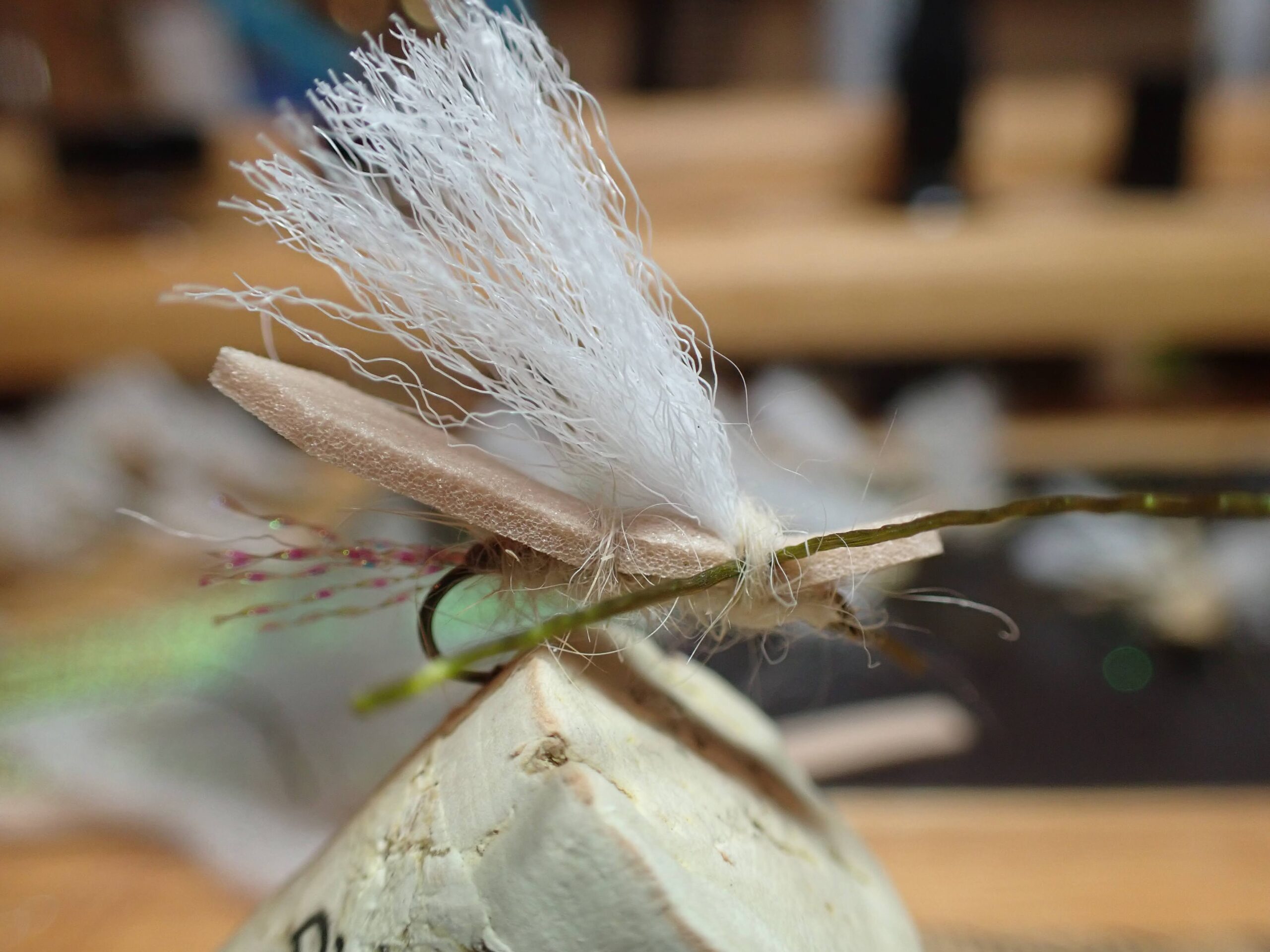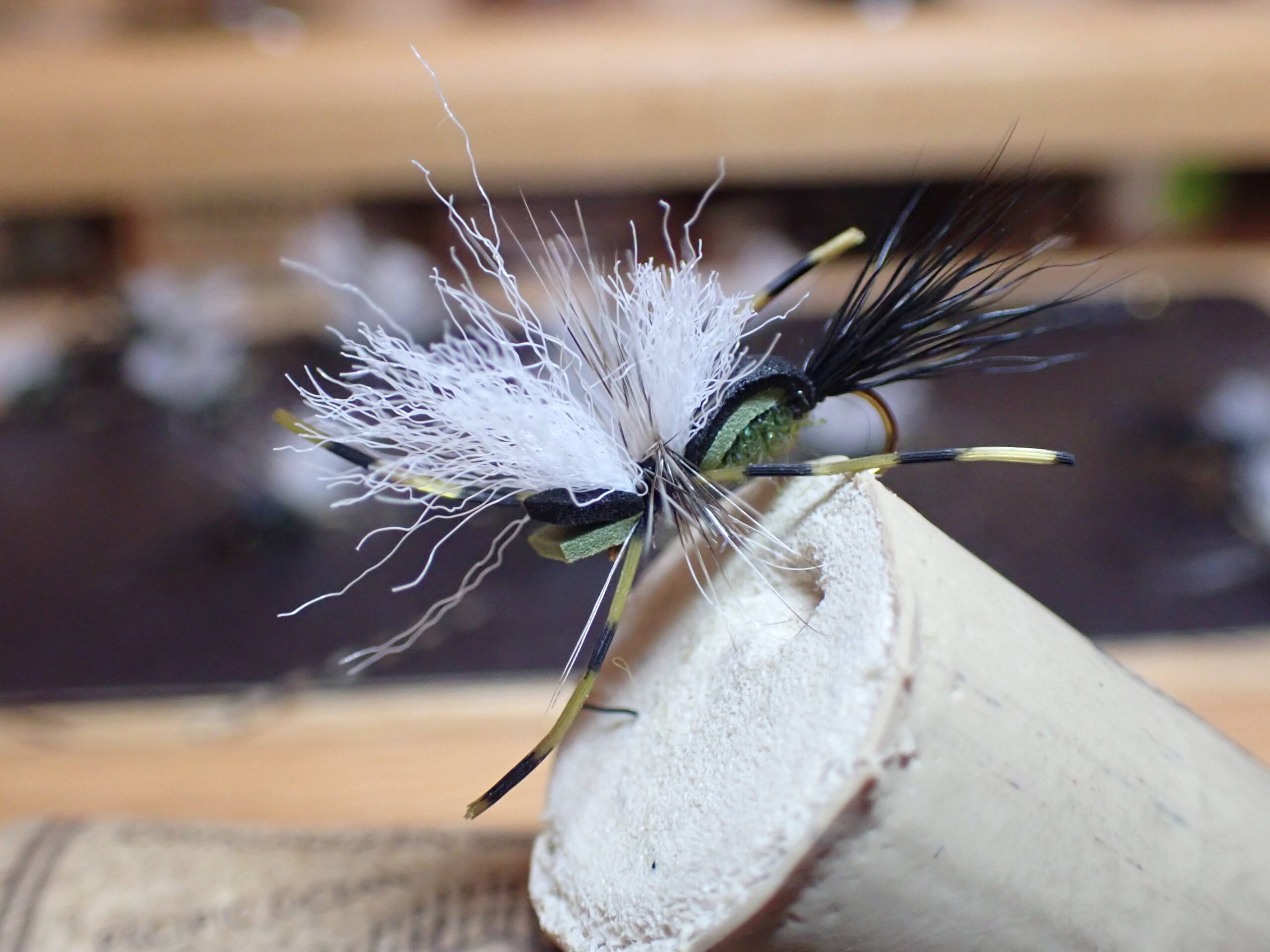Time: 12:00PM – 4:00PM
Location: Cheesman Canyon
South Platte River 11/15/2024 Photo Album
The 2024 fishing season had all but ended for me. Or so I thought. My last outing on South Boulder Creek on October 28 felt like the finale. But when my friend Nate texted about plans for November 15-17, my curiosity got the better of me. A quick check of the weather showed temperatures in the low fifties—mild enough for one more adventure. Nate’s suggestion of Cheesman Canyon sealed the deal, as he’d found decent success there just two weeks prior.
The Road to Cheesman
We met early Friday morning at a park-and-ride and carpooled to the South Platte River. Nate recounted his recent hike into Cheesman Canyon via the upper trail. I had tried a route to the upper canyon years ago and remembered it as steep and challenging. Still, I decided to give it another shot.
The drive itself turned out to be an adventure. As we wound our way up the steep dirt road to Cheesman Reservoir, a large tow truck with a flatbed trailer loomed ahead. Passing it was nerve-wracking; I had to back down 200 yards of narrow road with a rock wall on one side and a steep drop on the other. We finally squeezed into a wide spot, holding our breath as the truck inched past. Crisis averted!
When we reached the trailhead, it became clear that the roads and access points had changed since my last visit. A locked gate barred the road I remembered, forcing us to use the trail Nate had recently hiked. A chance encounter with another angler, Dale, and his companions confirmed that confusion about the logistics was widespread.
The Hike In
At the trailhead, the air temperature hovered in the upper forties. I layered up with my North Face light down jacket, stuffed a fleece hoodie into my backpack, and set up my Sage One five-weight rod. Nate and I began the steep 2.1-mile hike, tackling switchbacks, loose gravel, and even patches of snow and ice. The final descent into the canyon was precarious, requiring careful navigation around large boulders.
 Cheesman Reservoir
Cheesman Reservoir
Once we reached the river, we scrambled along its edge for another 0.3 miles to a sunny spot. Here, we paused for lunch and prepared for our first casts of the day.
 This View of the Dam Provides a Sense of the Steepness of the Canyon
This View of the Dam Provides a Sense of the Steepness of the Canyon
A Tough Start
I started with a three-fly setup: a peacock hippie stomper, a beadhead pheasant tail nymph, and an orange scud. Despite my best efforts, the fish weren’t interested. After losing all three flies to a snag, I re-rigged with a mini Chubby Chernobyl and trailed an emerald caddis pupa and a sparkle wing RS2. The emerald caddis pupa was in response to a caddis adult that landed on Nate’s sleeve. Still no luck.
 Conditions in the Canyon
Conditions in the Canyon
The early afternoon proved frustrating, with only a few half-hearted refusals to my flies. Nate fared no better. Around 2:30 PM, we noticed a few sporadic rises near exposed rocks. Hoping to capitalize on the activity, I switched to a double-dry setup: a tan mini Chubby Chernobyl paired with a size 16 deer hair caddis.
The Reward
By 3:00 PM, we reached a promising run that spilled into a deep pool. Nate fished the tail, while I focused on the faster water at the top. On my fifth cast, a swirl beneath my trailing caddis signaled a take. I set the hook, and a flash of crimson confirmed I had a solid rainbow trout on the line.
 Site of the Only Catch of the Day
Site of the Only Catch of the Day
The fight was thrilling but brief, and Nate assisted with the net. This fish was a stunner—a vibrant rainbow with a broad red stripe, measuring an estimated 17 inches. As I struggled to remove the fly, the trout made a final leap, escaping the net, before we could snap a photo. Thankfully, Nate witnessed its size and beauty.
Wrapping Up
The rest of the afternoon yielded no additional action. Nate experimented with a streamer, but the fish remained elusive. By 4:00 PM, shadows covered the river, and the dropping temperature signaled it was time to leave.
 Looking Back After Early Ascent
Looking Back After Early Ascent
The hike out was grueling, requiring a steep climb over icy, loose terrain. By the time we reached the trailhead, we were exhausted but grateful for the experience.
Reflections
While the fishing itself was slow, the day felt like an adventure—a test of endurance and a celebration of the wild beauty of Cheesman Canyon. Nate’s luck didn’t hold, but I was thankful to avoid a skunking with one memorable rainbow trout. At my age, completing such a challenging hike without injury or equipment failure felt like a victory.
Whether this was my final outing of 2024 remains to be seen. The weather will decide, but for now, I’m content to reflect on this unforgettable day.
Fish Landed: 1
Like this:
Like Loading...
 Necessary Materials and Completed Batch
Necessary Materials and Completed Batch
 Scraggly the Way I Like Them
Scraggly the Way I Like Them
 Cheesman Reservoir
Cheesman Reservoir This View of the Dam Provides a Sense of the Steepness of the Canyon
This View of the Dam Provides a Sense of the Steepness of the Canyon Conditions in the Canyon
Conditions in the Canyon Site of the Only Catch of the Day
Site of the Only Catch of the Day Looking Back After Early Ascent
Looking Back After Early Ascent Model Fly
Model Fly Left Side
Left Side Twenty Complete
Twenty Complete The Beginning of My Tying List and Inventory Count
The Beginning of My Tying List and Inventory Count The Hippie Stomper Look
The Hippie Stomper Look Twenty Completed and the Necessary Materials
Twenty Completed and the Necessary Materials